Engaging Visitors with Conversational Marketing
Last updated on November 8th, 2024
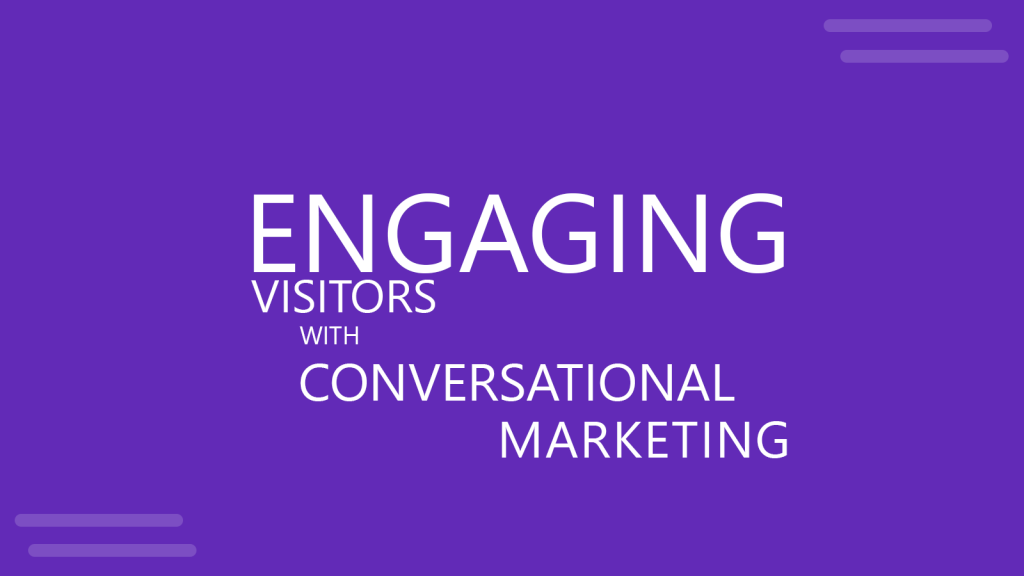
Designing an Effective Live Chat Strategy
Most businesses haven’t embraced the shift to conversational marketing yet. Which means they’re not meeting the demands of all their prospects. The longer this wound festers, the more likely their prospects are to find a vendor that makes the buying process easier. But if it’s so obvious and important, why are so few businesses doing it?
There’s one uncomfortable and honest reason: Getting started with conversations feels overwhelming, and it’s scary. You already have a full plate of stuff to do when you come into the office — and then some. You need to keep the lights on; let alone invest in new marketing philosophies or strategies. You’re worried that you don’t have the technical, design, or writing chops in-house to make it any good. And where would you even start — does conversational marketing mean ripping out non-conversational marketing?
If you’re starting to sweat a bit, take a breath with me.
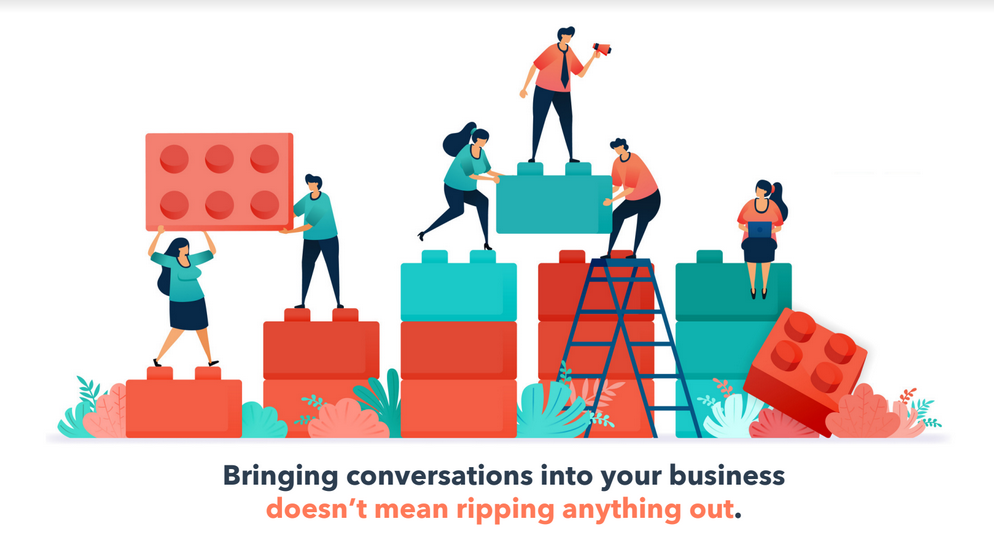
The good news is you’re overthinking it. Your concerns are valid, but none of that is actually what’s holding you back. Bringing conversations into your business doesn’t mean ripping anything out. In fact, the best way to get started is to adapt what you’re already doing. But you have different experiences that sell different things to different people. So you’ll need to curate your conversational marketing approach with the unique needs of your customer in mind. Let’s talk about how you can get started.
Begin by setting expectations with yourself and your team about the technology you need to do this well. It’s easy to think sci-fi when terms like AI, chatbots, and automation get glued together in a sentence. While Hollywood is a great long-term inspiration, it’s not realistic right now. Building something as intelligent as C3P0 from Star Wars is tough. More importantly, though, that’s not what your audience needs.
So let us direct our attention to what should be your true source of inspiration: Clippy. Yes, you’re hearing that right. Microsoft Office’s talking paperclip. If you used Microsoft Office in the late 1990s or early 2000s, you’ll remember it well.
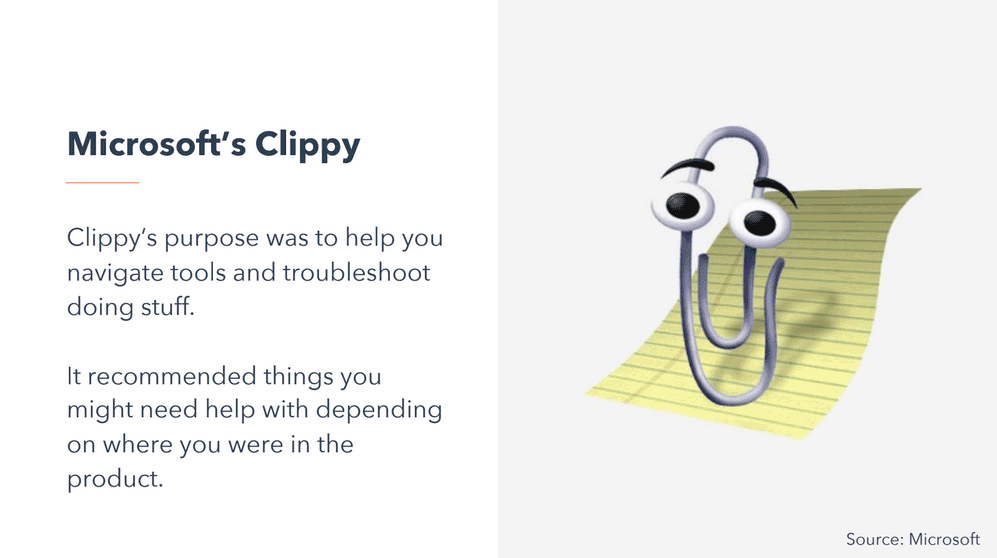
Clippy’s purpose was to help you navigate tools and troubleshoot doing stuff. It recommended things you might need help with depending on where you were in the product. Now, the execution of Clippy wasn’t perfect, but the idea was 20 years ahead of its time.
Take Clippy’s spirit, and let’s couple it with another thing from your past: pick-your-own adventure books. Their authors gave you text, and then clear next steps based on your choice.
Following along for a few turns meant you were creating the experience that you wanted. Want to enter the super spooky house? Turn to page 91. Pro tip: never go into the spooky cave, always a bad idea.
Put the two together. Clippy helped you by anticipating common problems and offering the right next step for solving them. And pick-your-own-adventure books make it easy to choose the situation that’s contextual to your specific use case.
This is the level of sophistication you need to get started with conversational marketing. Not so scary, is it? And once you get more comfortable, there’s a whole world of technologies you can use to make your conversational marketing more powerful. But don’t overthink it to start.

While you think about getting started, stay focused on how you can get your buyer to where they want to be in a more efficient way. Make that your North Star. Building out chatbots and live chat is only as helpful as the problem you’re solving. The metrics that signal success might change with each program, but the mindset should stay the same.
As you audit any given touchpoint within your programs, ask yourself: What do you think people want to know or do here? There’s qualitative and quantitative ways to figure this out.
Qualitative ways could be interviewing users or reading chat transcripts.
Quantitative ways might mean looking at analytics to see where people go. This is an art and a science that will get more natural for you with time.
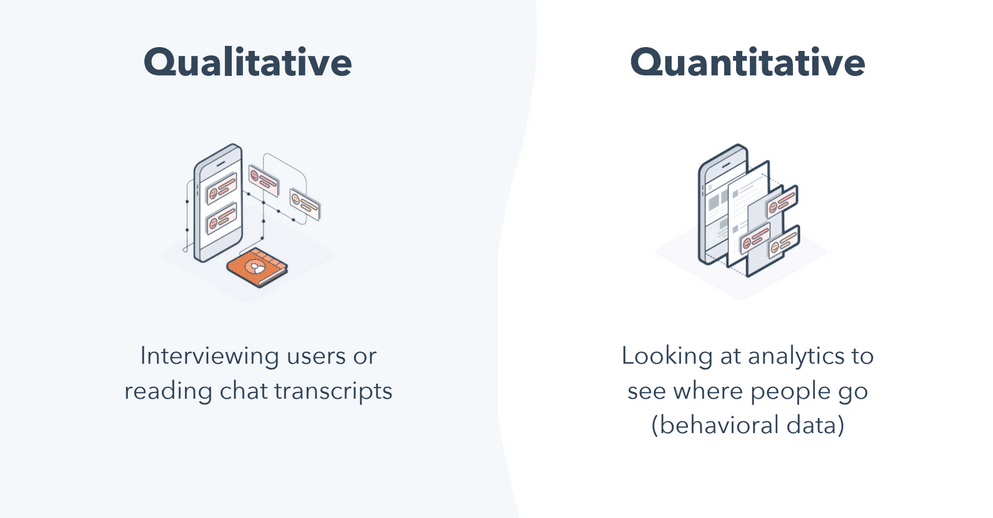
If a prospect is on your pricing page, they might want to know about, well, pricing. But that’s not the only question they probably have. You know your buyers and the common hurdles they run into when considering your product best. Giving them the power to remove those barriers from their own minds, helps them get where they want to be, sooner.
But not all conversations are created equal.
Some are better suited for automation than others. Common problems with standardized answers are the best place to start. In the past, a prospect could only get that kind of institutional knowledge when a human was around to say it. But now, delivering it through a conversational experience has a two-fold benefit. They get what they’re looking for 24/7/365, and can move on with their day.
For your humans, this approach to conversational marketing lets them focus on, well, the human stuff. As you may or may not be aware, humans are complex creatures. We’re capable of logic, reasoning, and independent thought.
Humans are great at collaborating and problem-solving. Look for opportunities anywhere that free up your representatives to use these skills more. What are they doing over and over again? What’s the most mind-numbing part of their day? Think about how much better their day would be if they spent it helping people, instead of collecting and logging email addresses. But knowing how much automation is too much, especially when getting started, can be tough.
But here’s the HubSpot Academy Theorem of How Much To Automate. Did we just make that name up? Yes. Is it still important to keep in mind? Also yes. Here it is.
“The more delicate a conversation is, the less you should try to automate it.”
Chatbots that qualify leads for the sales team? Great use case. Chatbots that try to automate negotiations? Recipe for disaster. Knowing the right balance for your business and buyers will come with practice. This should be iterative.
Having a great conversation starts with using context well. In our personal lives, context powers every conversation we have. What we know about someone and our past experiences stay with us and shape what happens next.
Take a moment to think about the person you’re closest to, and all the experiences you’ve had together. Given your relationship, it would be weird if you introduced yourself and asked for their name every time you hung out.
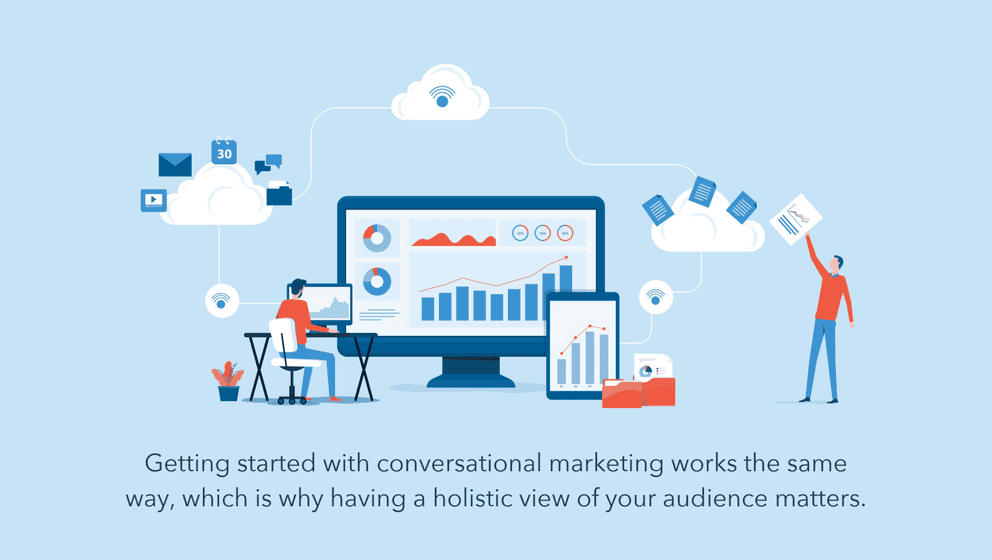
Getting started with conversational marketing works the same way, which is why having a holistic view of your audience matters. What’s more important, though, is that you use this data. Without it, the relationship can get off to a bad start.
It’s as small as greeting someone by their name when they come back to your site. But you can get more creative over time. Current customers who come to your pricing page have a different set of needs than someone who’s new. Tailoring the conversation they see, and the one you have with them, removes friction and treats them as a person.
So, when you get back to your team, here’s a way to position how you’ll get started with conversational marketing. Warning: you will sound smart.
- Start with simple technology and build over time.
- Anticipate what people need, and make it more efficient to get there.
- Focus on automating common problems with standard outcomes.
- Free up your humans to focus on complex human stuff they’re great at.
- Use context at every step to make the whole experience more natural.
Now, let’s review how these exact frameworks for getting started helped HubSpot generate 182% more qualified leads for its sales team. Or as we called it internally, chatbots plus humans equals money.
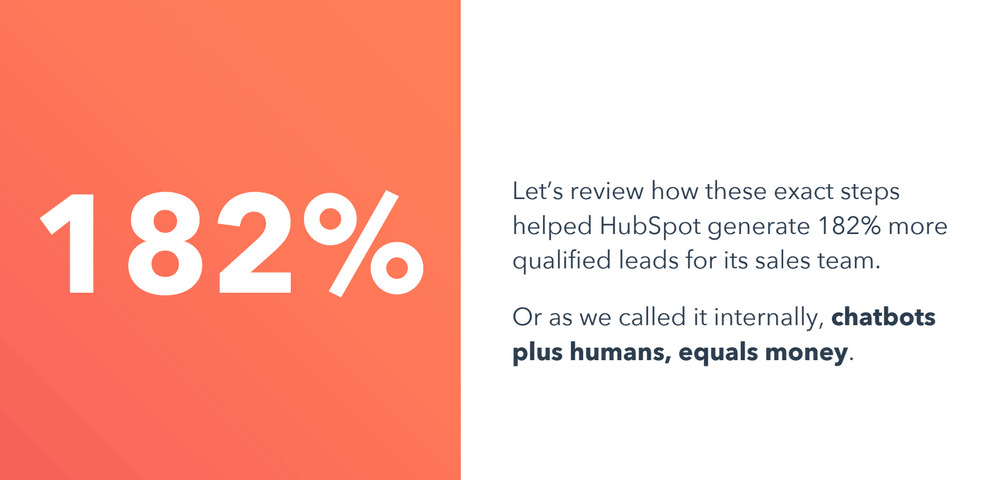
HubSpot has a specific team that handles chatting with people on our website. At the time, we’d rolled out live chat so folks could engage in a way that felt natural. But despite having a well-trained team, we had too many people coming in the door. The problem with live chat is that it forces humans to triage all chats and figure out where they should go or what they’re about.
The team’s day was getting clogged with low-quality conversations. At one point, 40% of people chatting didn’t hear from us for at least a few minutes. Fifteen percent of the overall chats were from users who needed product support. This ate a good part of the team’s valuable bandwidth, which made it hard to connect with people who actually wanted to talk to sales.
Our initial goal was to see if we could deflect the support chats away from the team, and make sure every good sales chat reached them. In trying to solve for everyone, we didn’t have a guaranteed way to solve for anyone. This was adding significant friction to the business.
To start solving this, we looked at chat transcripts. These are invaluable resources when starting to build out conversational experiences. Why? You get to learn directly from prospects and see what they’re trying to do on your site, which is great insight as you go to optimize your bot. Additionally, we interviewed sales and looked at web analytics to get additional insights into our customer’s goals and behaviors.

We then bucketed what people wanted to do — or their intents, into three buckets — sales, support, and a catchall “other.” To start the chatbot, we prompted people to select an option that best matched what they wanted to do.
Talking with the support team unearthed that trying to offer product help on-site would be tricky.
There are rich and thorough resources better suited for getting those kinds of answers. So, rather than keeping someone in the same experience, we used what we knew to point them in the right direction.
The chatbot looked up their contact record and then sent a contextual next step depending on what products they were using. Even though our prospects couldn’t connect with a human right away, we removed friction overall by getting them to the right place and not wasting any time. There’s nothing worse than using a square conversational peg on a round problem hole.

At the beginning of this project, our main goal was to deflect support-related chats away from our sales team. But, even as someone who has been in this for a long time, I’ll admit — what we saw was shocking.
When compared to live chat, 75% more people engaged with the chatbot. Also, over 55% of people gave real answers to the qualifying questions and reached a sales rep. While the drop-off may feel steep, our sales team now didn’t need to sift through chats to find good ones. Again, this meant more of their time focused on helping.

This chatbot wasn’t only great at triaging existing chats — it captured new business, too. In fact, the chats that the sales teams handled from this experience were 182% more qualified than those from live chat alone.
This is what it looks like to get started with conversational marketing. Anticipating a few specific questions and helping folks get to the next step goes such a long way, whether you’re a small or large company.
Moving forward, business will be won and lost on how you sell, not what you sell. We went from bartering to buying on the couch. Buyers have it too good in too many other parts of their lives to tolerate anything less than a great relationship. Conversational marketing gives folks the customer experience that they deserve and that you need to win.
Many businesses are overwhelmed and scared by this shift because they don’t understand it. But like Franklin Delano Roosevelt said, “the only thing we have to fear is fear itself.” Getting started with conversational marketing means taking a holistic approach, and seeing where you can make things more human.
You have the framework to find great use cases to start with. And you’ve seen what that framework looks like in practice. Run this playbook and transform your space. Be the one to remove friction from marketing, sales, and service processes. Make it easier for your business to do business. Go get started with conversational marketing.
We will send you our curated collections to your email weekly. No spam, promise!
